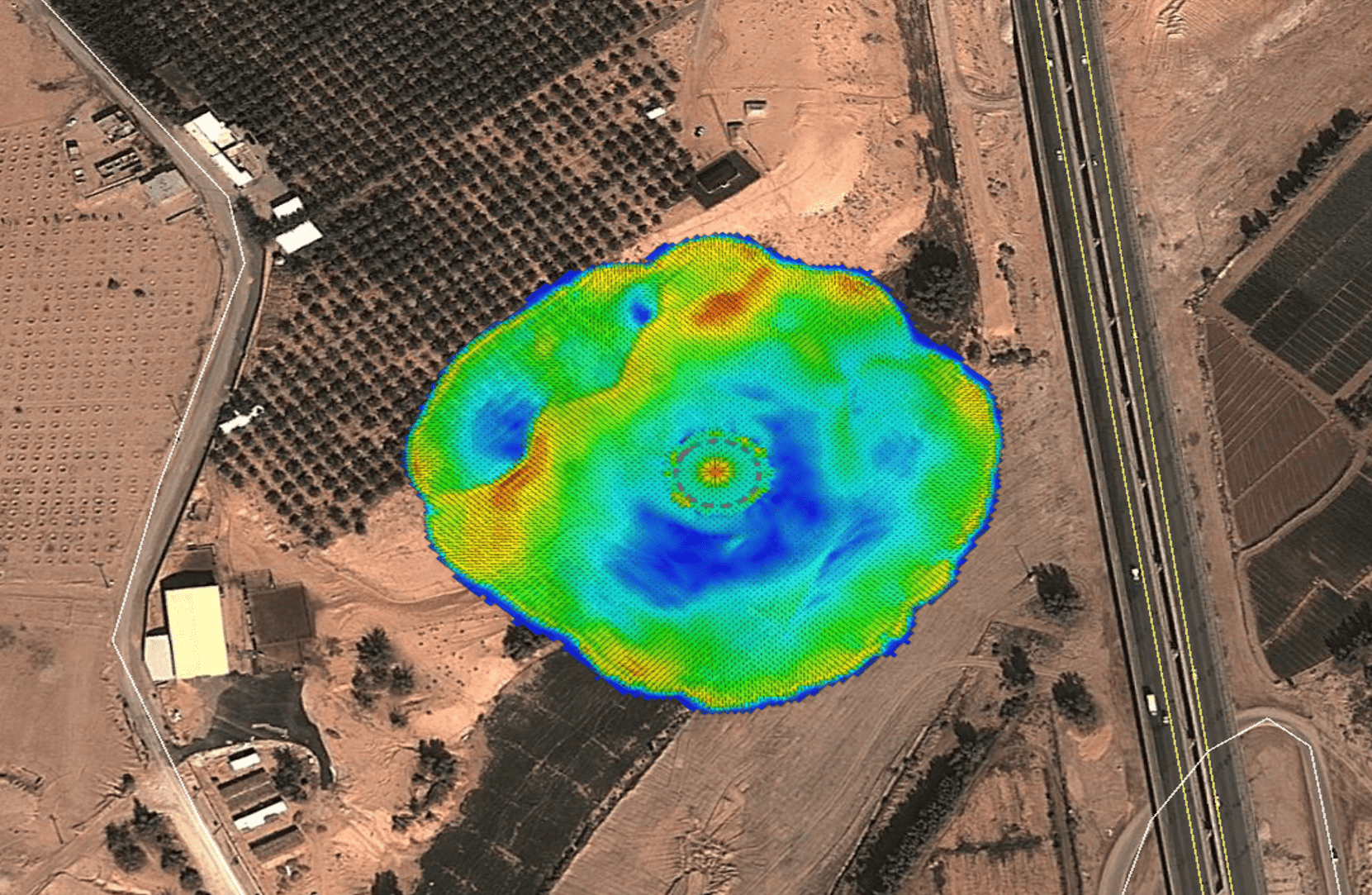Advisian used new approaches to onshore spill modelling to help BP develop more robust contingency plans and manage their environmental, social and financial and reputational risks.
The Situation
Advisian was retained by BP to undertake an Oil Spill Identification and Assessment study for the Khazzan Project, an on-shore tight gas project in Oman. The project was undertaken to comply with newly released BP corporate requirements and was the first project of its kind.
The risks attributable to overland oil spill scenarios include:
- Financial: down time, damage to production assets, clean-up costs, impact on insurance profiles, robust and economic engineering mitigation i.e. design of bunds, drainage and location of response equipment
- Health and safety: fire protection and explosion risk assessment implications
- Environmental: damage to environmentally and socially sensitive areas i.e. water resources, coastal and inland waters, grazing land, and negative public perception
- Reputation: negative public and stakeholder perception and potential for increased regulation and legislation post event
Approach
It was recognised early by the Advisian team that a large number of release scenarios (in excess of 1,000) needed assessing for gathering wells, pipelines, tanks, pits and reinjection wells across a large geographical area. Advisian recommended a phased approach that utilised expertise from the hydrocarbons engineering team in order to represent spill scenarios as realistically and economically as possible.
Engineering Knowledge
A series of workshops were undertaken to establish the oil spill planning scenarios for the project up to and including the worst credible case. The oil spill planning scenarios were based on the location and type of spill events, the release method, the type of hydrocarbon product, the volume, duration and rate of the release, any mitigation measures currently in place and the environmental and socio-economic sensitivities which could be impacted.
Initial Risk Screening
Modelling was undertaken using the Advisian developed Environmental Impact Factor (EIF) tool to estimate the potential surface spill radius as well as the potential migration of the hydrocarbon product in the subsurface. The results of the analysis were imported into GIS and screened to prioritise the spill scenarios.
Detailed Modelling
Detailed modelling was undertaken by hydrology and hydrogeological experts to produce plans and animations of spill migration with time, spill pooling depths, assessment of migration depth of hydrocarbons through the subsurface and undertake sensitivity and uncertainty analysis to ensure robust and transparent results. Impacts to groundwater were modelled using the HSSM Model and BP RISC 6. Overland flow modelling was undertaken using TuFlow.
Refined GIS plans were produced to assess the well, pipeline and facility locations which could impact on sensitive environmental receptors. The results were used to provide information on the likely response times required to prevent impacts at sensitive receptors as well as the area and volume of impacted soils.
Results
The modelling results enabled BP to undertake spill response planning and implement necessary engineering measures. Also, as the work was undertaken early stage in the design (FEED), the modelling will help BP include mitigation measures into the design, including relocation of infrastructure away from environmentally sensitive areas. Advisian’s capability in onshore spill modelling can be transferred to other projects requiring either initial screening or complex numerical modelling. Advisian’s spill modelling expertise has also been recognised by BP and have appointed us on a global framework for Oil Spill Response planning.

